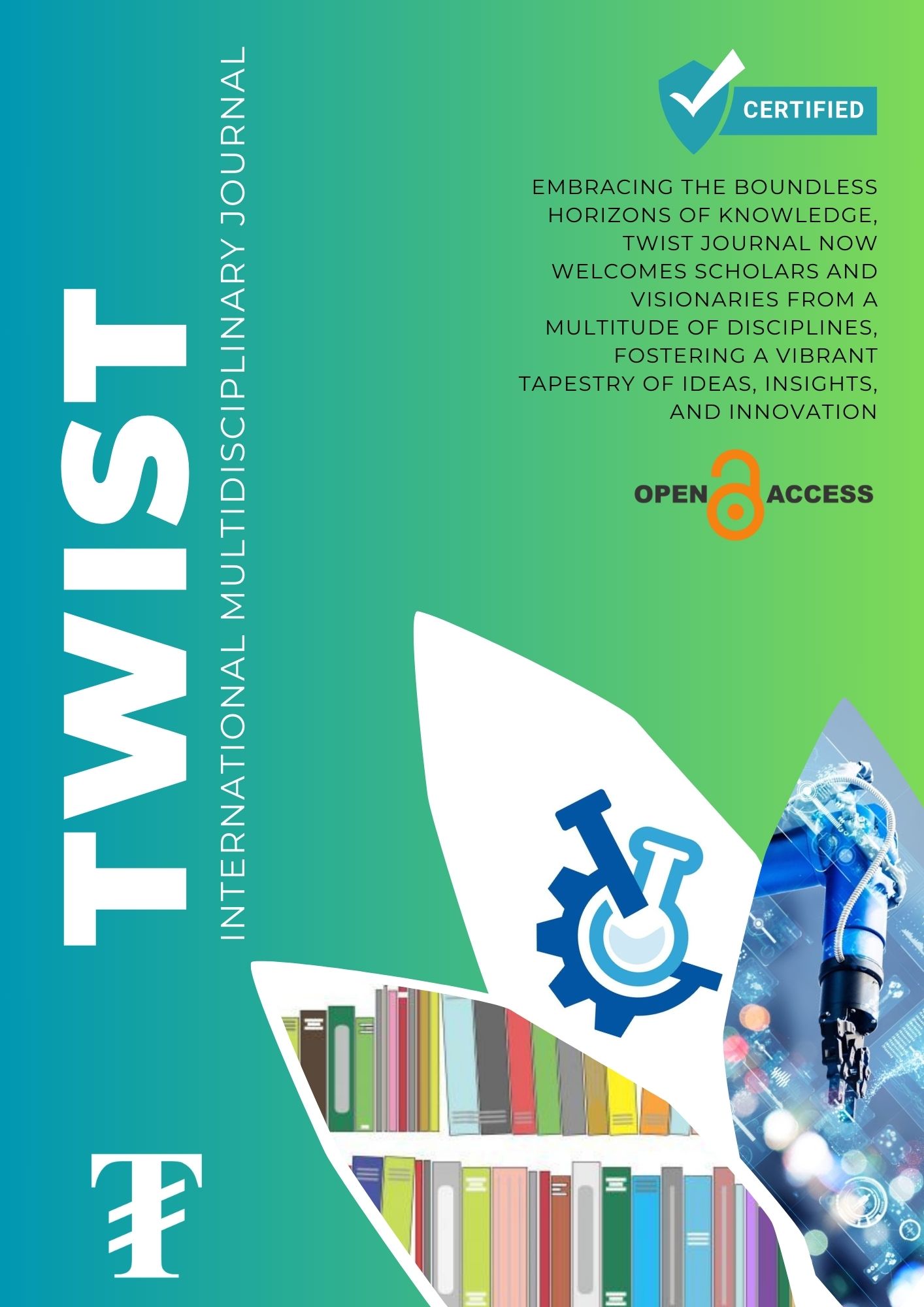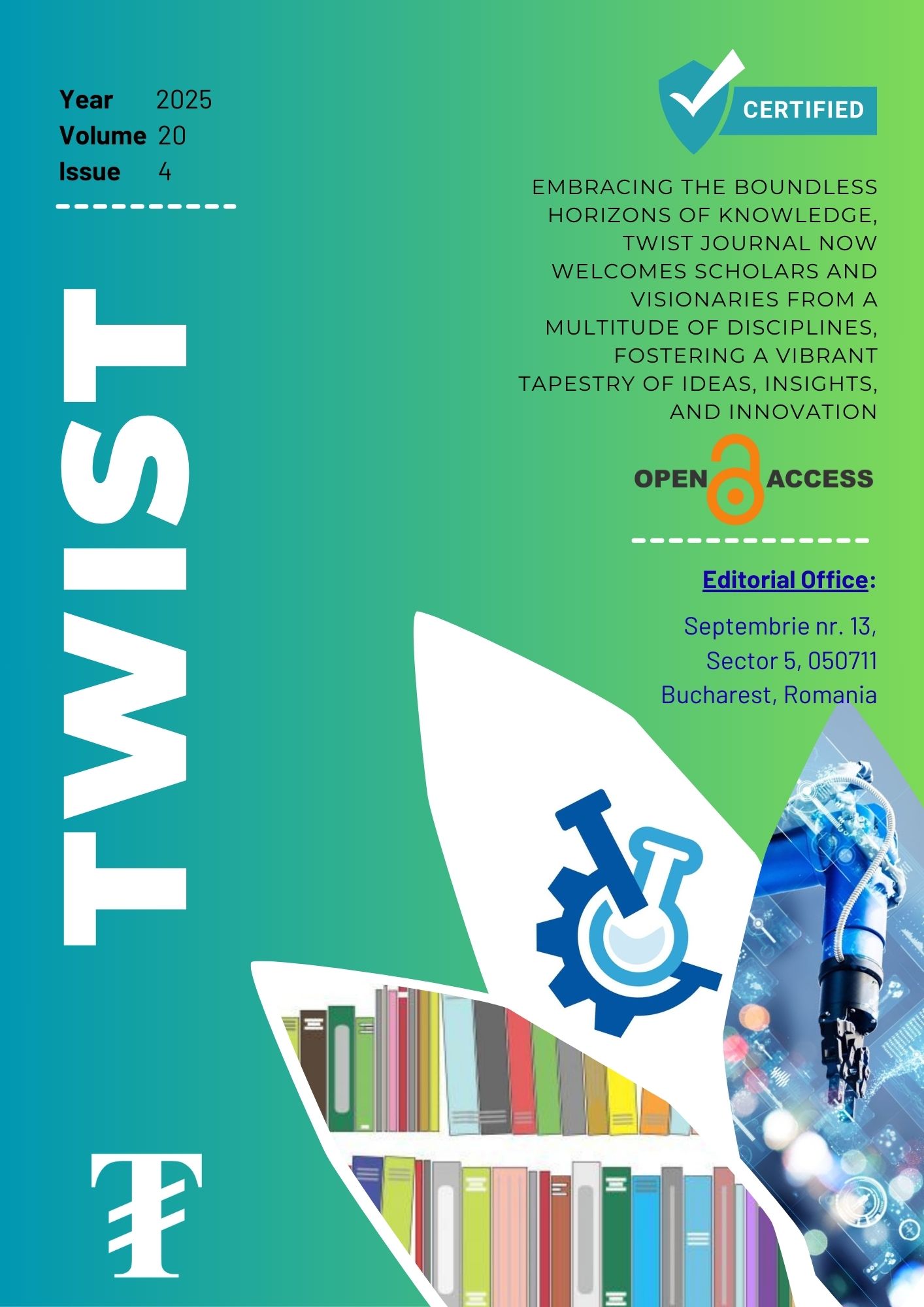Validated Spectrophotometric Methods for Determination of Rasagiline Mesylate in Pure and Dosage Forms Utilizing Charge Transfer Complexation Reaction
Keywords:
Rasagiline mesylate, Spectrophotometry, Charge transfer reaction, Quinalizarin, Alizarin red S, Dosage formsAbstract
The current research focuses on creating and validating two straightforward, sensitive, precise, and cost-effective spectrophotometric techniques for detecting rasagiline mesylate (RSG) in its pure form and in pharmaceutical formulations. The methods rely on creating a charge transfer complex between RSG as the n-electron donor and either quinalizarin (Quinz) or alizarin red S (ARS) as the π-acceptor in methanol. This results in the formation of highly colored chromogens with absorption peaks at 565 nm for Quinz and 515 nm for ARS. The study examined the optimization of reaction parameters, including solvent type, reagent concentration, and reaction time.The stoichiometric ratio of the charge transfer complexes produced was determined to be 1:1 (RSG:reagent) using Job's method of continuous variation for both approaches. Beer's law is followed within the concentration ranges of 2.0–24 μg/ml using Quinz and 1.0–15 μg/ml using ARS under ideal conditions. This is supported by a high correlation coefficient (r2 ≥ 0.9991) and a low relative standard deviation (RSD% ≤ 0.90). The detection and quantification limits were determined to be 0.57 and 1.93 µg/ml for Quinz, and 0.28 and 0.93 µg/mL for ARS. The approaches were effectively used to determine RSG in its pharmaceutical formulations, and the validity was assessed using the usual addition procedure. The results obtained using the proposed approaches for the pure RSG and commercial tablets closely matched those obtained using the reported method.
Downloads
Downloads
Published
Issue
Section
License
Copyright (c) 2024 TWIST

This work is licensed under a Creative Commons Attribution-NonCommercial-ShareAlike 4.0 International License.






